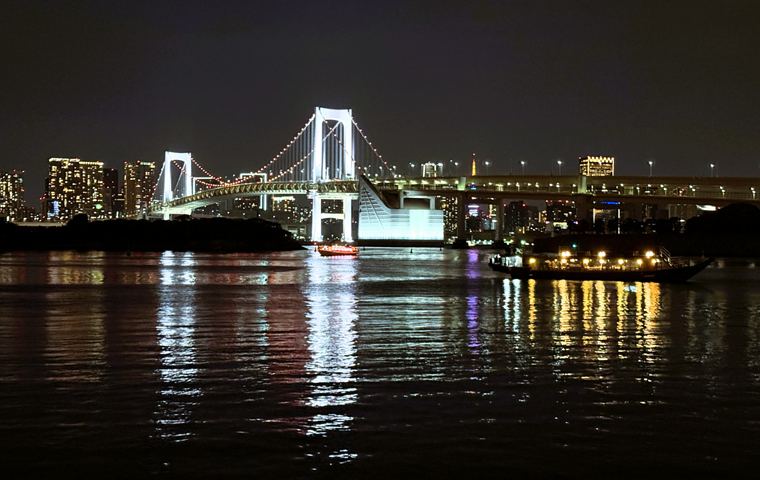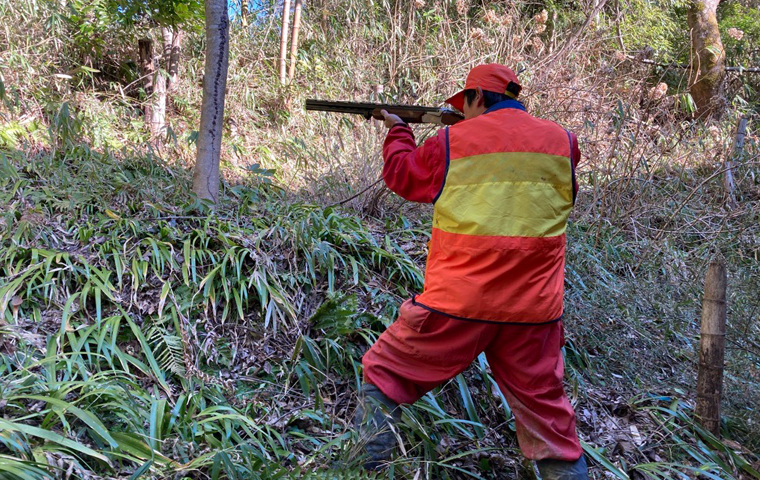The Worst Autumn on Record: When Japan’s Bears Invade Human Settlements
Related Articles
Terror in the Cities: Unprecedented Bear Attacks in 2025
In the autumn of 2025, Japan was gripped by an unprecedented sense of fear. Human injuries caused by wild bears surged at the fastest rate since records began, shocking Japanese society. According to preliminary data from the Ministry of the Environment, as of October 25 the number of fatalities in fiscal 2025 had reached ten, setting a new all-time high. This figure is not just a statistic—it represents the grim reality that not only mountain regions, but people’s very living spaces, are under threat.
A single incident on October 20 in Yuzawa City, Akita Prefecture, came to symbolize this crisis. Early that morning, four men were attacked in succession by a bear in the downtown area near JR Yuzawa Station. The terror did not end there. After mauling a 65-year-old resident, the bear broke into the man’s home and barricaded itself inside for six days—an almost unbelievable siege. Police and local hunters surrounded the house as frightened residents watched in suspense. Finally, in the early hours of October 25, the bear was trapped in a box cage set inside the house and was euthanized. This event made the Japanese public realize that the threat from bears had fundamentally changed—from “encounters in the mountains” to “invasions” penetrating even the interiors of homes. It was the moment when the long-assumed boundary between humans and wild animals shattered.
The Yuzawa case was only the tip of the iceberg. Throughout October 2025, news reports across Japan were flooded with bear sightings in unimaginable places—residential gardens, riverbanks, even shopping-center parking lots. Sightings of mother bears and cubs during commuting or school hours became commonplace, keeping communities in constant tension. This is no longer a problem limited to specific regions or special circumstances. Human and bear habitats are dangerously overlapping, and everyday life in many parts of Japan is being quietly eroded.
What Happened in the Mountains? A “Perfect Storm” of Hunger and Environmental Change
Why have bears come so far into human settlements? The answer lies in a “perfect storm” of short-term food shortages intertwined with long-term environmental and social changes.
The immediate trigger was a historic failure of the nut harvest, including beech and oak acorns—the bears’ staple food. In the Tohoku region, where most incidents occurred, 2025 was classified as a “severe poor harvest.” For bears, who must build up large stores of nutrients before hibernation, this was a matter of survival. Experts such as Associate Professor Maki Yamamoto of Nagaoka University of Technology had long warned that such crop failures could drive bears out of the mountains in search of food. Hungry bears are forced to take risks, venturing into human areas in search of alternative food sources like persimmons, chestnuts, and garbage.
Compounding this food crisis are broader environmental shifts. Global warming has disrupted the hibernation cycles of bears. Experts report a growing number of “non-hibernating bears” that either do not enter hibernation due to warmer winters or hibernate for shorter periods. Longer activity periods mean greater food demand—and inevitably more encounters with humans.
At a deeper level, the problem is rooted in Japan’s demographic and social changes, particularly rural depopulation and aging. In the past, rural Japan maintained satoyama—human-managed forests and farmland that formed buffer zones between mountains and villages, serving as a barrier between humans and wildlife. But with labor shortages and aging populations, these satoyama landscapes have been abandoned. Untended orchards and fallow fields have increased dramatically, creating perfect hiding places for bears and “green corridors” that allow them to approach villages unnoticed. As frequent sightings near persimmon trees show, neglected fruit strongly attracts bears.
In essence, the rise in bear encounters is not just an ecological issue—it is a visible symptom, through the ecosystem, of Japan’s rural population decline. Bears are quietly reclaiming the spaces that humans have vacated.
The Rise of the “Urban Bear” and the Limits of Human Response

As the crisis deepens, experts are pointing to a new and more alarming phenomenon: the emergence of “urban bears.” These are bears born and raised near human settlements, accustomed from birth to the sounds of cars and people, and thus far less fearful of humans. They have learned that garbage sites and home gardens are easy food sources, and they actively depend on human environments.
The world was shocked into recognizing this danger by an incident on October 5 in Shirakawa-go, a UNESCO World Heritage Site. In the heart of the tourist village, crowded with domestic and foreign visitors, a Spanish tourist was attacked and injured by a bear. This made clear that bear attacks are no longer confined to rural residents gathering plants or farming—they can happen to anyone, even in Japan’s most popular tourist destinations. After the incident, the village canceled its popular autumn foliage light-up event, dealing a major blow to the local tourism economy. Japan’s image as a “safe tourist destination” was shaken to its core, and the issue drew international attention.
While the bears adapt and evolve, human response systems are growing weaker. The frontline of wildlife control has long been Japan’s volunteer hunter associations (ryōyukai), but their aging membership and lack of successors are severe problems. Membership has plummeted since its 1970s peak, and many current members are over 60—too old for the physical demands of emergency response at any hour.
In response, the government introduced an “emergency firearm response” system in September 2025, allowing mayors to authorize gun use within urban areas. However, this system also faces many obstacles. Municipal officials lack expertise in bear behavior or capture methods, making field command difficult. Moreover, firing guns in residential areas poses extreme risks of misfire or ricochet, and fear of legal liability deters many hunters from responding. The result is a “vacuum of responsibility”: a system exists, but no one can effectively carry it out.
The danger, therefore, is asymmetrical—bears are becoming bolder and smarter, while human defenses grow older and weaker. This imbalance lies at the heart of the tragedies of 2025.
Searching for Coexistence: The Difficult Path Toward a New Relationship

The tragedies of 2025 have forced Japan to confront a painful turning point: a fundamental rethinking of how humans coexist with wildlife. The long-standing model of relying on the goodwill of aging volunteers is no longer viable. Confronted with this reality, Japan has begun exploring new solutions.
At the forefront is the introduction of “government hunters”—municipal employees equipped with specialized training, technical expertise, and public authority. Some pioneering municipalities, such as Komoro City in Nagano Prefecture, have already adopted the system with success. These publicly employed professionals can respond rapidly on-site with clear legal accountability. This marks a paradigm shift: treating wildlife management not as an extension of personal hobbies or volunteerism, but as an essential public service akin to policing or firefighting—integral to protecting citizens’ safety. It signals Japan’s transition from amateurism to professionalism in wildlife control.
Yet experts warn that capture and culling alone are only stopgap measures. The key, they say, is prevention—managing the human environment to keep bears from being drawn into communities in the first place. Central to this approach is zoning: clearly defining and managing the boundary between wildlife habitats and human living areas.
This requires consistent, community-wide efforts: securing garbage in bear-proof containers; harvesting or removing persimmons, chestnuts, and other fruits that attract bears; and clearing brush around homes and school routes to improve visibility and remove hiding spots. Such actions demonstrate that coexistence with bears is not merely about controlling animals—it demands discipline and continual effort from humans in how they live and use their environment.
On October 3, a woman picking mushrooms in the mountains of Kurihara City, Miyagi Prefecture, was killed in a bear attack. To prevent further tragedies, Japanese society now faces difficult choices. The autumn of 2025 has made it clear that the nation must forge a new social contract with its largest terrestrial mammal. The path will be steep, costly, and require patience—but turning away from this challenge is no longer an option.



